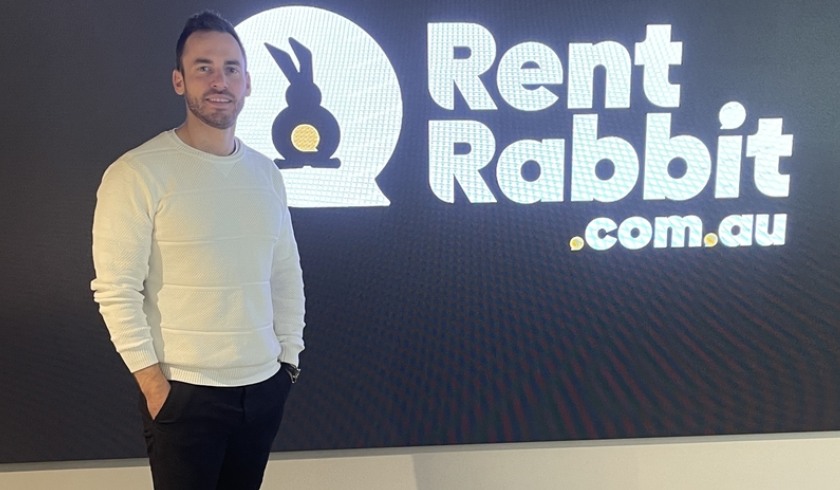Zero vacancies: 20 suburbs where renters are in ‘desperate’ mode
A new report has revealed 20 suburbs where tenants are now in crisis mode, as they cough up more than half of their weekly income to pay the rent in markets characterised by limited housing supply and surging prices.

RentRabbit’s latest Rental Crisis Report named the top 20 rental markets across five states that were considered to be in “desperate” need of more rental stock, revealing a further deepening of the rental crisis across the country.
The research used vacancy rates and demographic data to identify the suburbs most in need of new rental supply and ranked them based on their median weekly rent expressed as a share of their average weekly household income.
Data showed that suburbs within the list were spread across five states, namely NSW, Queensland, Tasmania, Western Australia and South Australia.
All the suburbs in the dire list were shown to have a vacancy rate under 1 per cent, while some had a vacancy rate of 0 per cent.
However, the report explained that a zero vacancy rate did not mean that there were no rental properties up for grabs, but rather it indicated that all rental properties are being filled in less than 21 days of being listed for rent.
The high demand and low supply dynamics in these markets also meant rents had surged in all the suburbs listed, with 17 of these areas experiencing double-digit growth in the last 12-month period.
NSW had the lion’s share in the top 20 by taking 11 spots, including Banora Point, Tweed Heads South, Nambucca Heads, Ulladulla, Maclean, West Kempsey, Wauchope, Unanderra, Gateshead, Corrimal and Belmont. Notably, Tweed Heads South was the only unit market to enter the list.
Meanwhile, four Queensland suburbs are also on the list, namely Coombabah, Cooroy, Currimundi and Urraween.
Three Tasmanian suburbs were also reported to have had rental vacancy rates of zero, which were Rokeby, Mowbray and Moonah.
Southern Australia and Western Australia made it to the list with one entry each, which were Victor Harbor and Busselton, respectively.
Ben Pretty, the co-founder of RentRabbit, said the rental crisis is one of the biggest issues facing the new federal government.
“There are many suburbs across Australia where vacancy rates are very low and tenants are struggling to find somewhere to live,” he said.
Data showed that households in the list were forking out 50 per cent or more of their income each week to pay the rent, with tenants in the top five suburbs handing their landlords more than 60 per cent of their weekly salary.
Mr Pretty noted that the rental stress felt across these suburbs is affecting tenants from different socioeconomic backgrounds in varying degrees.
“For affluent tenants in more privileged suburbs, they at least have more options in terms of where they can live, especially as many of them are knowledge workers who can work remotely,” he said.
“But for the many tenants who have low household incomes and who live in socio-economically disadvantaged areas, they’re really struggling right now and have very few options.”
He said that while there were “no easy answers”, he hoped the federal and state governments could work together to find a way to increase the level of rental supply and a solution to the issue.
Here’s a more in-depth look at some of the suburbs:
1. Banora Point (NSW)
Rent as a share of household income: 64 per cent
Annual change in weekly rent: 13 per cent
Weekly rent (as of June 2022): $695
Vacancy rate: 0.3 per cent
2. Tweed Heads South (NSW)
Rent as a share of household income: 62 per cent
Annual change in weekly rent: 20.7 per cent
Weekly rent (as of June 2022): $495
Vacancy rate: 0.2 per cent
3. Coombabah (Qld)
Rent as a share of household income: 62 per cent
Annual change in weekly rent: 22.1 per cent
Weekly rent (as of June 2022): $580
Vacancy rate: 0.2 per cent
4. Nambucca Heads (NSW)
Rent as a share of household income: 61 per cent
Annual change in weekly rent: 12.5 per cent
Weekly rent (as of June 2022): $450
Vacancy rate: 0.2 per cent
5. Cooroy (Qld)
Rent as a share of household income: 61 per cent
Annual change in weekly rent: 26.4 per cent
Weekly rent (as of June 2022): $670
Vacancy rate: 0.6 per cent
6. Ulladulla (NSW)
Rent as a share of household income: 61 per cent
Annual change in weekly rent: 17.9 per cent
Weekly rent (as of June 2022): $495
Vacancy rate: 0.3 per cent
7. Victor Harbor (SA)
Rent as a share of household income: 59 per cent
Annual change in weekly rent: 21.6 per cent
Weekly rent (as of June 2022): $450
Vacancy rate: 0.3 per cent
8. Maclean (NSW)
Rent as a share of household income: 56 per cent
Annual change in weekly rent: 15 per cent
Weekly rent (as of June 2022): $460
Vacancy rate: 0.5 per cent
9. West Kempsey (NSW)
Rent as a share of household income: 54 per cent
Annual change in weekly rent: 17.1 per cent
Weekly rent (as of June 2022): $410
Vacancy rate: 0.3 per cent
10. Busselton (WA)
Rent as a share of household income: 54 per cent
Annual change in weekly rent: 12.5 per cent
Weekly rent (as of June 2022): $400
Vacancy rate: 0.6 per cent
